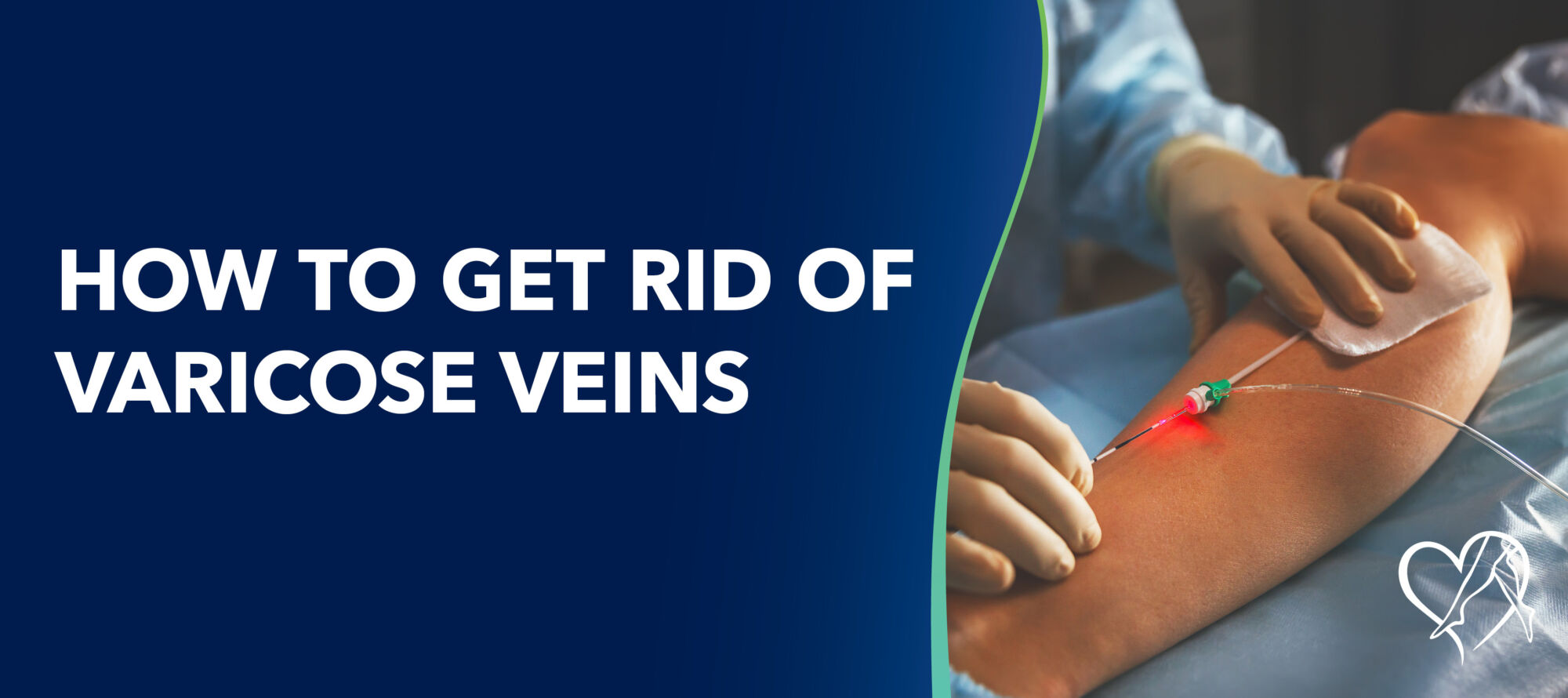
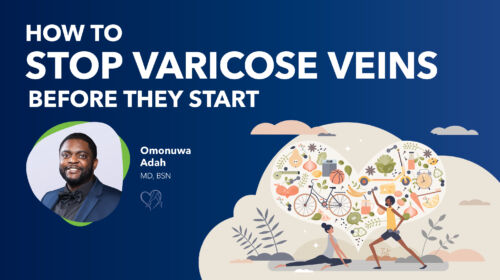
Varicose veins aren’t just a cosmetic concern — they’re a sign of poor circulation and vein disease. In this blog, a vein expert Center for Vein Restoration shares proven ways to prevent varicose veins, from exercise and diet to compression therapy and healthy lifestyle changes. Learn how to reduce your risk of venous insufficiency, protect your legs from pain and swelling, and keep your veins strong with the nation’s leading vein specialists.
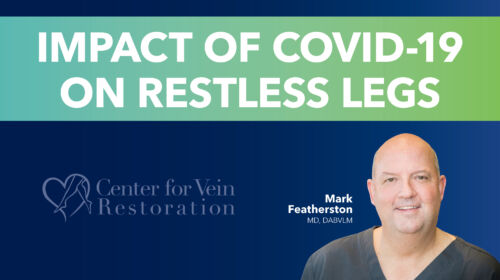
This blog explores how COVID-19 has influenced symptoms of restless legs syndrome, from increased discomfort during long periods of inactivity to the potential effects of stress, disrupted sleep, and circulation issues. It highlights what patients should watch for, practical tips for relief, and how vein health plays a role in managing restless legs.
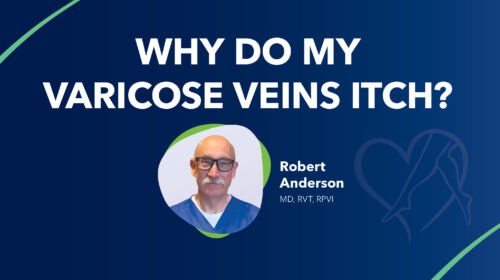
Learn why varicose veins can cause uncomfortable itching. This blog explains how poor circulation, inflammation, and skin changes contribute to the irritation, highlighting when itching may signal a more serious vein issue.
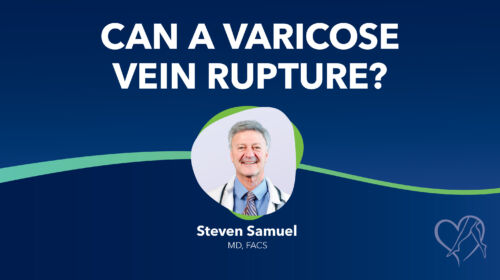
A ruptured varicose vein can look alarming and cause sudden bleeding, but knowing how to respond is crucial. This blog explains why ruptures occur, what immediate steps to take, and when to seek medical help.

Discover the future of vein & lymphatic care at VISION26, Jan 9–11, 2026, Washington, DC. Expert-led sessions, networking, and breakthrough insights. VISION26 equips healthcare professionals with evidence-based strategies that elevate patient outcomes. Join leaders from across disciplines for high-impact learning, networking, and the future of vein health.

Learn about pelvic congestion syndrome (PCS), a common yet often overlooked cause of chronic pelvic pain in women. This blog explains the causes, symptoms, and treatments for PCS, including its link to varicose veins and May-Thurner syndrome. Discover how vein specialists at Center for Vein Restoration diagnose and treat PCS to restore comfort and quality of life.
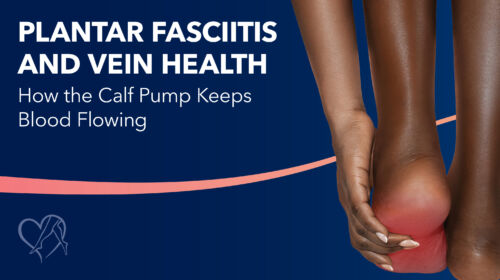
Discover how plantar fasciitis and vein health are connected through the calf muscle pump, your body’s “second heart.” Learn how walking, supportive footwear, and expert care from Center for Vein Restoration (CVR) can improve circulation, reduce varicose and spider veins, and keep your legs healthy and pain-free.
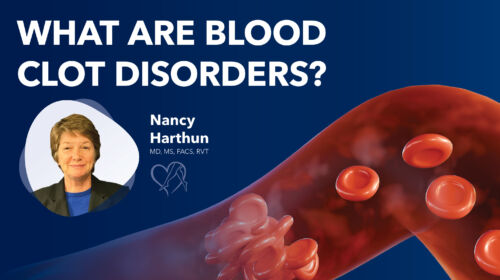
This medically reviewed blog explains what blood clot disorders are, how they relate to vein disease, and why early diagnosis is important. It covers common conditions like DVT, VTE, and phlebolymphedema, along with their symptoms, risks, and prevention strategies. Readers will also learn how Center for Vein Restoration vein specialists provide advanced diagnostics and treatments to protect circulation and long-term health.